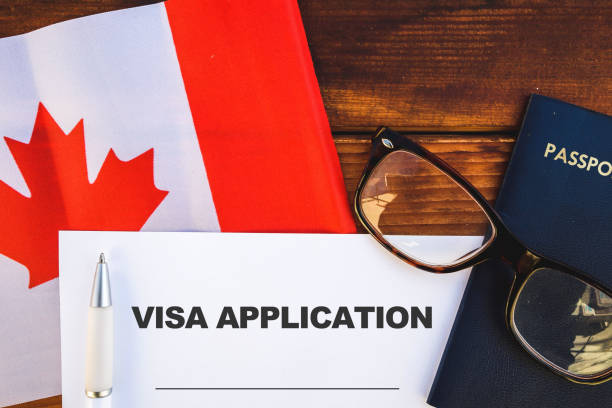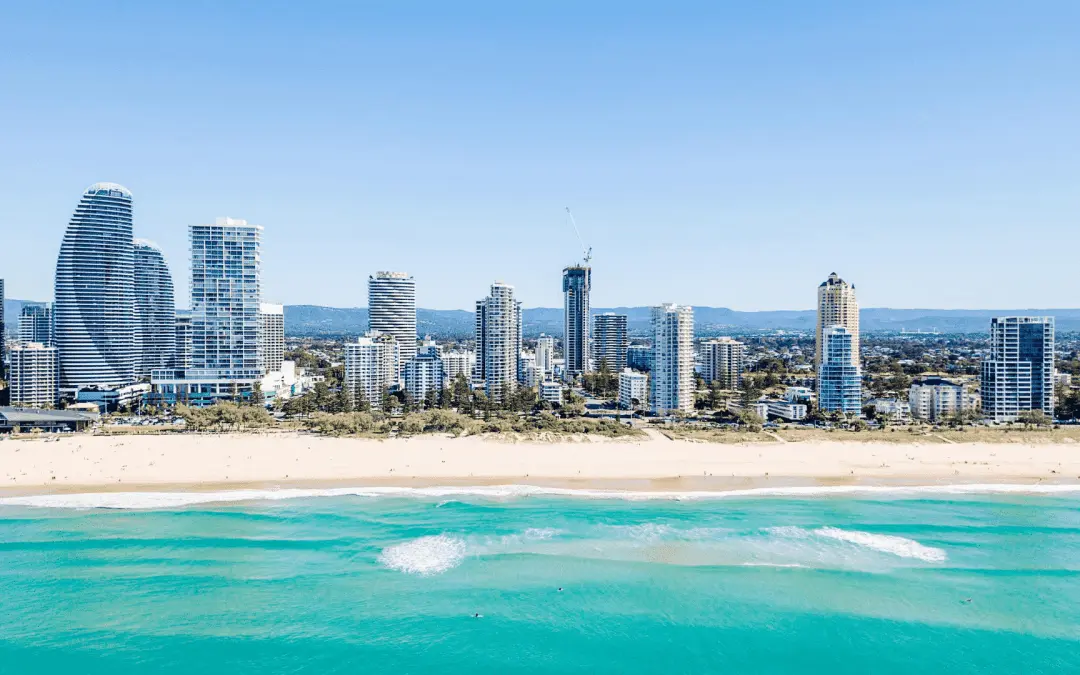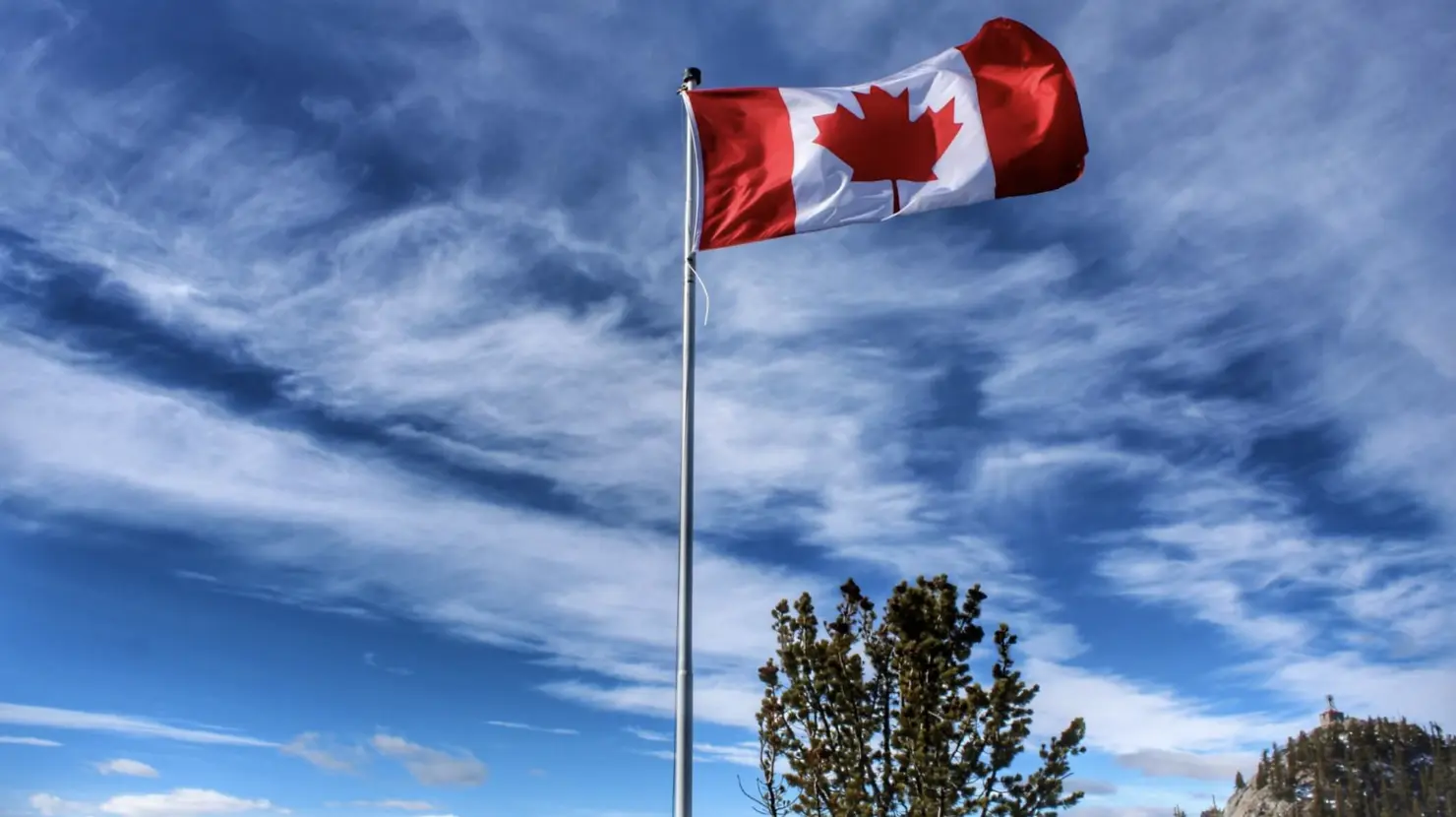Immigration
Canadian Immigration Laws 2024: What’s New?
By
Immigration, Refugees and Citizenship Canada (I.R.C.C.) has begun initiating various changes that will affect all newcomers to Canada in 2024. Over the years, Canada has established a reputation as a top destination for global talent, thanks to its open and well-regulated immigration system.
This reputation is significantly shaped by Canadian immigration laws and policies, which outline the road-map for admitting newcomers and enhancing the country’s social and economic fabric.
The Canadian government is increasingly focusing on attracting international talent to fill workforce gaps, faced with critical labor market shortages, partly due to an aging population.
In response, it has announced new Canadian immigration laws, which outline ambitious targets to stabilize and enhance the country’s immigration system.
Key highlights of the 2024-2026 immigration laws include maintaining robust immigration admissions focusing on economic immigrant categories.
It also includes attracting more French-speaking individuals and upholding Canada’s commitment to humanitarian efforts for asylees and refugees.
As Canada embarks on this strategic journey, the new rules signal not just numerical targets but a commitment to sustainable growth and an integrated immigration paradigm crucial for businesses and stakeholders.
This article will discuss the new Canadian immigration laws in 2024 and explain how these changes might affect employers, people wanting to move to Canada and the immigration rules.

Updates by Immigration, Refugees and Citizenship Canada for 2024
1. Express Entry System
In 2023, I.R.C.C. began conducting category-based Express Entry draws. These draws were implemented to help Canada find foreign nationals best suited to address the country’s most pressing labor gaps and demographic needs.
In the first year of category-based draws, I.R.C.C. prioritized the following categories of immigration candidates.
- Those with French language proficiency.
- Those with recent work experience in any of the following five industries: Healthcare, Science, Engineering, Technology, and Mathematics (S.T.E.M.); Trades, Transport, and Agri-Food/Agriculture.
In 2024, I.R.C.C. is expected to continue with category-based draws. However, the department has made it clear that they will reassess the focus categories chosen for 2023 and potentially alter them based on the changing needs of Canada’s labor market.
This means that new sectors and proficiencies may be selected as areas of focus by I.R.C.C., potentially enabling new groups of newcomers to qualify for category-based Express Entry draws this coming year.
2. Provincial Nominee Program
Provincial Nominee Programs (PNPs) are immigration pathways that allow local governments to hand-select candidates that will best help them address labor market gaps.
According to I.R.C.C.’s latest Immigration Levels Plan, PNPs will make up the country’s most significant immigration pathway in 2024. Provinces were recently provided with a new set of guiding principles for PNPs.
Immigration, Refugees and Citizenship Canada (I.R.C.C.) is also introducing new multi-year plans for the PNP starting in 2024.
This will enable provinces and territories to better plan their immigration strategies, as they will know their 2025 allocation a year in advance.
These new PNP developments mean that prospective newcomers pursuing this immigration pathway should have a clearer picture of their options to immigrate to their province/territory due to better planning by each regional government.
3. Parents and Grandparents

Canada’s Parents and Grandparents Program operates on a lottery system. Sponsors declare their interest in a pool, are drawn at random, and are issued an invitation to apply.
The country plans to welcome 32,000 newcomers through the stream in 2024. In addition, the stream has drawn controversy over the years as it is regularly oversubscribed, with officials searching for the fairest way to select candidates to come to Canada.
The P.G.P. pool has not been opened for new sponsors since 2020. Four batches of sponsors have been invited to apply since then.
It is possible that Immigration, Refugees and Citizenship Canada (I.R.C.C.) will move to open a new window for the submission of interest to sponsor forms in 2024.
4. International Student Program
Canada aims to strengthen the integrity of the International Student Program across the country and better protect incoming foreign nationals.
The I.R.C.C. has launched a reformed Letter of Acceptance (L.O.A.) verification system that will continue to impact all study permit applicants.
Beginning on December 1, 2023, Designated Learning Institutions (D.L.I.s) across Canada must confirm every applicant’s letter of acceptance directly with I.R.C.C.
The department says this enhanced verification process aims to protect prospective students from fraud while ensuring that study permits are issued based only on genuine L.O.A.s.
Additionally, Immigration, Refugees and Citizenship Canada announced in November that, leading into 2024, the department will review its Post-Graduation Work Permit (P.G.W.P.) program.
Many international students who intend to apply for P.R. benefit from the P.G.W.P., as the Comprehensive Ranking System (C.R.S.) score favors Canadian work experience.
This review is expected to result in I.R.C.C. introducing reforms that better calibrate the P.G.W.P. to the needs of the country’s labor market and regional and Francophone immigration goals.
Ensure you stay updated with future stories from C.I.C. News regarding this and other crucial developments for Canadian immigration law 2024.
5. Self-Employed Programs
Both the federal government and Quebec operate self-employed programs. The federal Self-Employed Class is geared towards applicants with relevant self-employment experience, the intention, and the ability to create their own employment.
Therefore, this significantly contributes to Canada’s cultural, artistic or athletic life. In Quebec, self-employed applicants are primarily differentiated from skilled workers in that they create their jobs by practicing a profession or engaging in a commercial activity.

6. Start-Up Visa
Canada’s Start-Up Visa has become an essential route to Canadian immigration for business-minded individuals.
To qualify, candidates with a qualifying business or business idea must secure the support of a designated angel investor group, venture capital fund, or business incubator.
They must also have the required settlement funds and language ability. Candidates can move to Canada on a work permit while they establish their business before qualifying for permanent residence.
Applicants must actively manage the company within the country to be eligible. Canada plans to welcome 5,000 newcomers through business programs in 2024, rising to 6,000 in 2025 and 2026.
A significant number of these will come through the Start-Up Visa. Rumors also abound of a new work permit program that would allow candidates to enter faster.
7. Spouses, Partners, and Children
Canada combines spouses, partners, and children in its Immigration Levels Plan. It aims to welcome 82,000 such newcomers in 2024, making up the majority of the 114,000-strong Family Class.
The spouse and partner stream allows applications from outside or within Canada (through the Spouse or Common-Law Partner in Canada Class).
Spouses and partners can be of any sex, provided they meet requirements. Also, spouses and partners can qualify for a work permit while waiting for their applications to be processed.
Sponsored children are generally under 22 and do not have a spouse or partner of their own.
To qualify over the age of 22, they must be unable to support themselves because of a mental or physical condition financially or have depended on their parents for financial support since before the age of 22.
8. Refugee Immigration
Canada continues to prioritize welcoming refugees as part of its humanitarian efforts worldwide. It recently introduced policies to help those affected by the Israel-Hamas war to come to Canada.
Study Permits and Open Work Permits are available without application fees for family members of citizens and permanent residents who have left Israel and the Palestinian territories.
New measures to help Sudanese refugees were also recently introduced. Syrians, Afghans, and Ukrainians have all benefited from Canada’s openness to refugees.
The 2024 Immigration Levels Plan has room for more than 76,000 newcomers to Canada in the Refugee Class.

More Changes Are Coming to Canadian Immigration
Immigration, Refugees, and Citizenship Canada has committed to several other changes intended to improve the experience and quality of life of Canadian newcomers undergoing the immigration process.
Increasing the Use of A.I. and Technology
To out-compete other countries for talent, the I.R.C.C. has committed to further using technology and A.I. in immigration in 2024.
This initiative aims to reduce processing times, improve tools for I.R.C.C. officers, and help Canada meet its immigration and diversity priorities.
Specifically, this digital transformation will improve the client experience for immigration candidates in several ways, such as:
- Improving service standards
- Strengthening partnerships with employers and institutions that rely on immigration while addressing fraud and enhancing student and worker protections
- Making applications more user-friendly using digital and virtual technologies
New I.R.C.C. Advisory Board
I.R.C.C. plans to create a new advisory board in 2024. The board will focus on issues related to immigration laws and services. Its goal would be to strengthen policy and program development through a human-centric approach.
Conclusion
As we look to the future, Canadian immigration laws 2024 reaffirms the country’s commitment to fostering a comprehensive and equitable immigration system.
With policies prioritizing inclusiveness and integration, Canada sets an international benchmark. If you plan to move to Canada this year, you must keep these changes in mind. Good luck!






